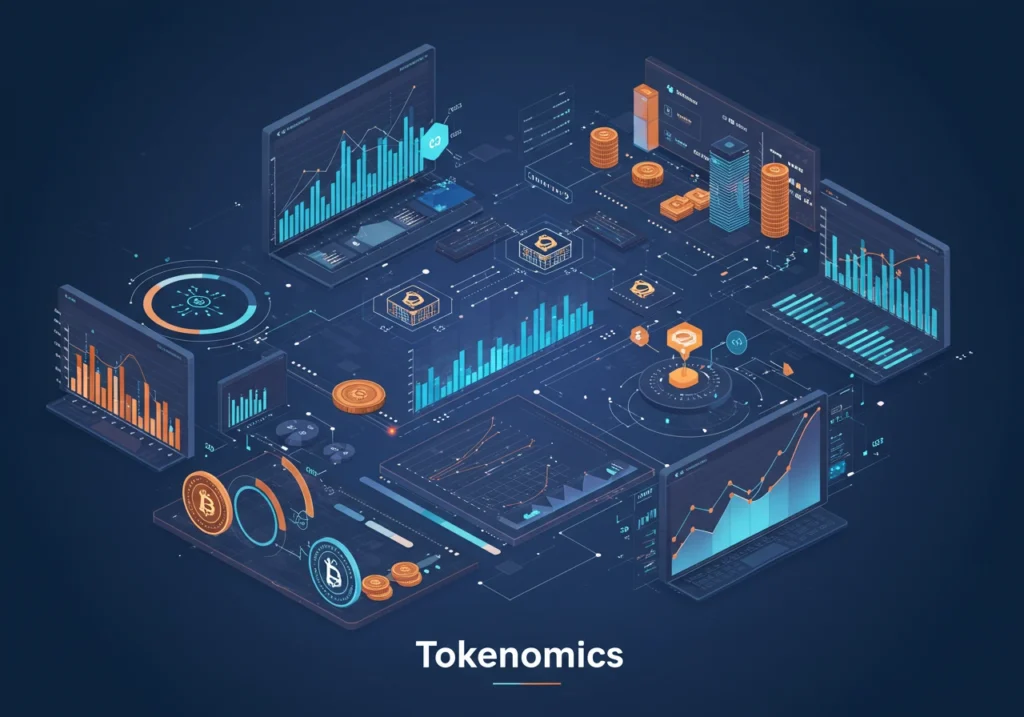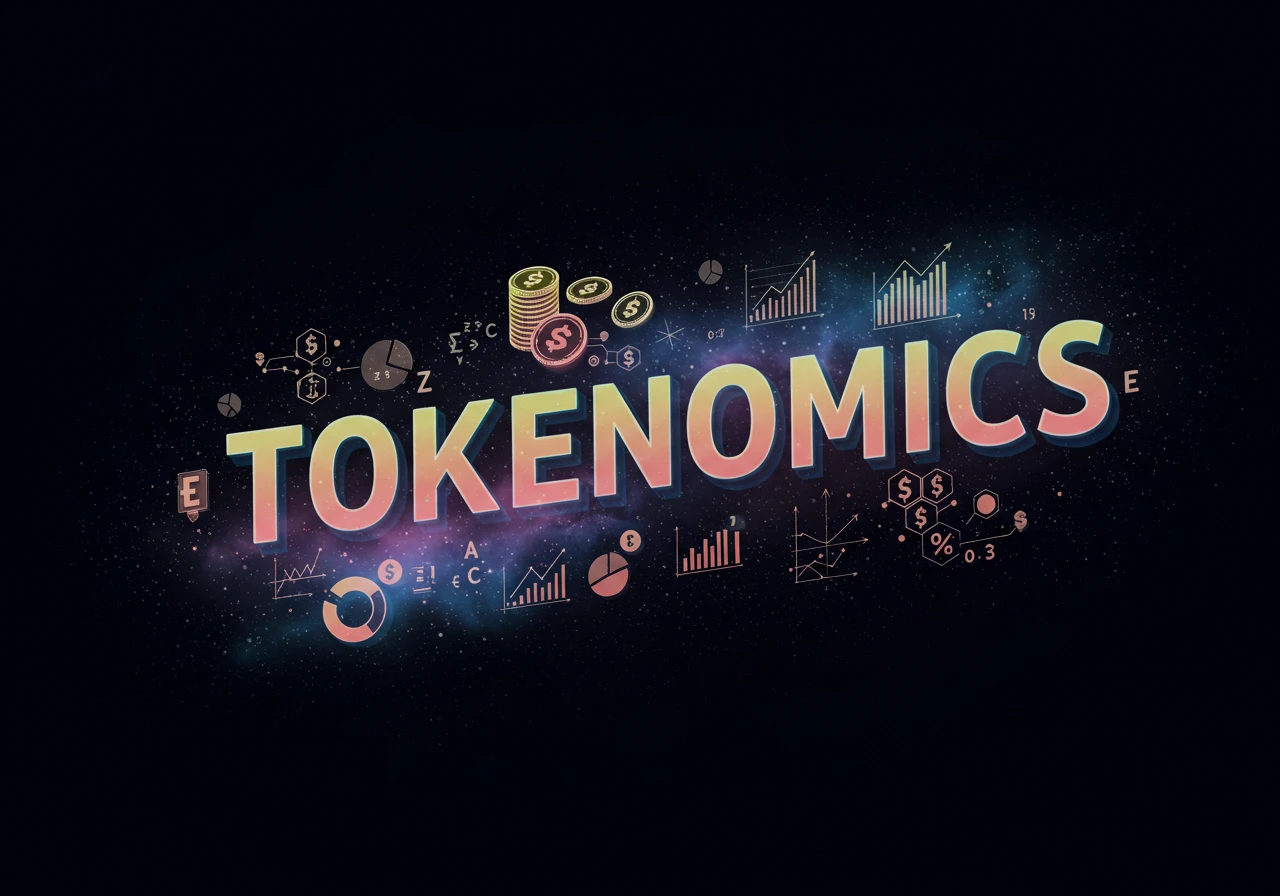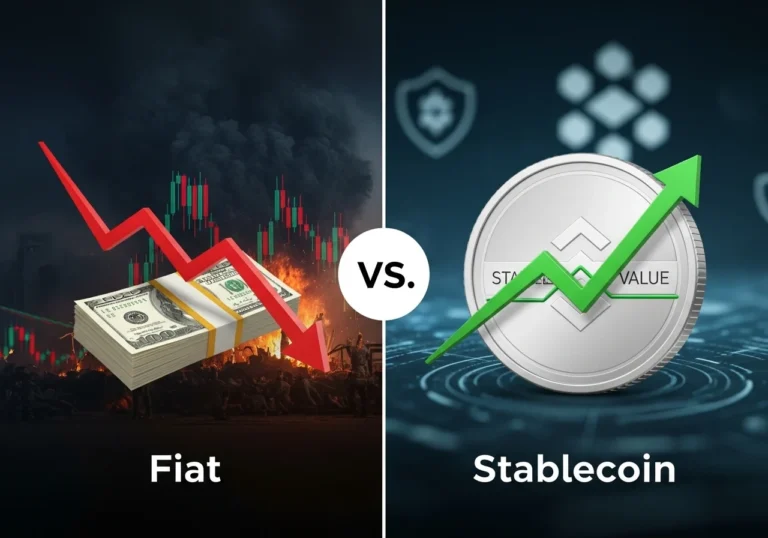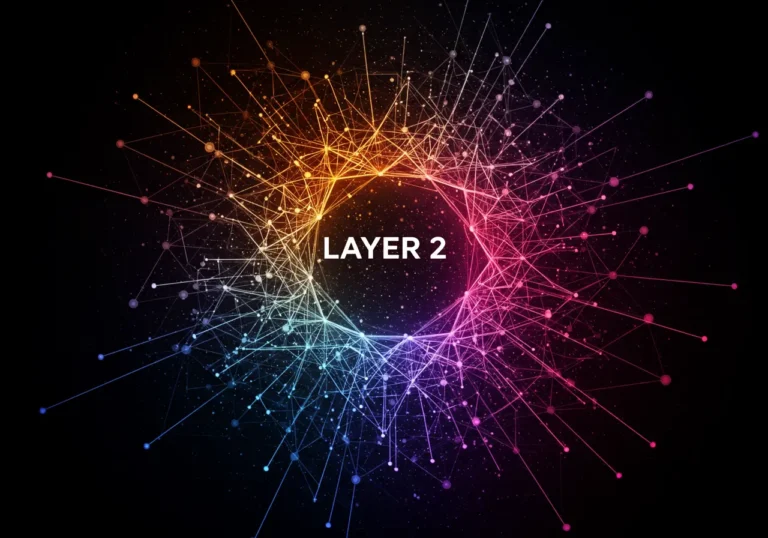Understanding Tokenomics: A Guide to Analyzing Crypto Projects
Tokenomics starts with the token itself and grows into the whole project. It is not just numbers on a page. It is incentives, plans, and rules. If you learn a few simple checks, you can judge crypto projects more clearly. This article breaks the topic into pieces. No heavy math. Just clear steps you can use today.
Tokenomics: what it really means

Tokenomics is the idea that tokens are more than money. They are pieces of a system. When you read a whitepaper or a website, focus on four plain things:
- How many tokens exist and how they are made.
- Who gets the tokens.
- What the token does (its utility).
- How the token’s supply changes over time.
These points are the core of Tokenomics analysis. They tell you whether a token can keep value, or whether it might lose value quickly.
Why tokens are different from shares
Shares represent ownership in a company. Many tokens represent rights inside a digital system. A token can:
- Pay fees or grant discounts.
- Give voting power to holders.
- Reward users or validators.
- Unlock features inside an app.
Understanding the token’s role is part of Token utility assessment. Ask: does the token do something useful? Or is it only a promise of future value?
Start with the supply: totals, caps, and minting
The first simple question to check is supply.
- Total supply: How many tokens will ever exist?
- Circulating supply: How many are available now?
- Inflation or minting schedule: Can more tokens be created?
If a project can mint unlimited tokens, that tends to push prices down unless there is a strong plan to absorb new tokens. A token with a fixed cap can feel safer, but it also depends on demand.
Look at the numbers and imagine a simple idea: if more tokens keep appearing while demand stays the same, each token becomes a smaller slice of the pie. That is a basic part of Crypto project evaluation.
Who holds the tokens — distribution and concentration
Next, ask who owns most of the tokens.
- Are tokens spread across many wallets, or concentrated in a few?
- Does the team hold a large share?
- Are there clear vesting schedules for team and investor tokens?
Concentrated holdings pose risk. If a few wallets own a large share, those wallets can sell suddenly and crash the market. Good tokenomics show clear vesting: team and investors get tokens over time, not all at once. This protects ordinary holders.
Token use cases: what the token does day-to-day
A token’s value often comes from utility. Ask simple questions:
- Can you use the token to pay fees or access services?
- Does holding the token give you voting power or rewards?
- Is the token required for key functions in the project?
If the answer is “yes,” the token has real use. If the answer sounds vague, be cautious. Good Token utility assessment looks for real, everyday uses that people will want.
Economic design: rewards, burning, and incentives
Projects often build rules to guide token behavior. These include:
- Burning: permanently removing tokens to reduce supply.
- Staking rewards: paying holders to lock tokens and secure the network.
- Fees distribution: using fees to pay holders or fund the project.
These rules are meant to align incentives. For example, staking rewards encourage holding. Burning can create scarcity. But these tools must be balanced. Too many rewards can increase inflation. Burning can be cosmetic if supply is still rising fast. Looking at these mechanics is a core part of Tokenomics analysis.
Example: a simple reward test
Imagine Token A pays high rewards to stakers. That sounds good. But where do rewards come from? If rewards come from new token issuance, supply will rise. If demand does not keep up, price can fall. A careful look at the source of rewards helps you judge sustainability.
Token governance and control: who decides?

Some tokens let holders vote on decisions. Others leave decisions to core teams. Ask:
- Is governance open and transparent?
- Do token holders have real power?
- Can the team change rules without holder approval?
When the team holds large power, that central control can be risky. On the other hand, decentralized governance can be slow. The right balance depends on the project and how well the team communicates.
Real-world integration: blockchain technology and use cases
Good tokens connect to real uses. Blockchain technology integration matters when projects aim to solve real problems.
Examples of integration:
- A supply chain project uses tokens to track goods and pay rewards to participants.
- A gaming project uses tokens as in-game currency or to buy rare items.
- A decentralized exchange uses tokens for fee discounts and liquidity incentives.
When tokens have clear, useful roles, they are more likely to be used. Ask whether the project has partners or pilots. Real-world links boost credibility.
Roadmap and token release schedule
The project’s roadmap and token release schedule reveal intent.
- Does the roadmap show realistic development steps?
- Are token releases timed with product milestones?
- Is there transparency about how funds (from token sales) are used?
A poor roadmap or hidden token release schedule can hide future sell pressure. Good projects share clear timelines and financial plans.
Risk factors: what can go wrong
All projects have risks. Here are common ones to watch for:
- High team or investor concentration: large holders can sell suddenly.
- Unclear utility: no clear reason to use the token.
- Inflationary pressure: minting more tokens without demand.
- Regulatory risk: tokens that look like securities may face legal action.
- Technical problems: buggy smart contracts or poor security.
Spotting risks is part of Investment potential assessment. If a token has several of these issues, be cautious.
Simple metrics to use
You do not need complex math. Try these simple metrics:
- Market cap = price × circulating supply. This gives a quick sense of size.
- Circulating/total supply ratio. A small circulating share with a large total supply may mean future dilution.
- Top holders share. If top 10 wallets hold 70%, that is concentration risk.
- Velocity of tokens. Fast movement (lots of transfers) without utility may indicate speculation, not usage.
These checks are easy to do using blockchain explorers and project dashboards.
Read the whitepaper, but read it smartly
Whitepapers tell the story. Read the key parts:
- Token distribution table.
- Use cases and token utility.
- Roadmap and funding plan.
- Security audits and partnerships.
If the whitepaper is vague, or promises unrealistic returns, step back. Good whitepapers answer basic economic questions clearly.
Behavioral checks: community, team, and transparency
Tokenomics is about people as much as numbers. Check:
- Is the team public and reachable?
- Does the community ask hard questions and get honest answers?
- Are audits published and third-party reviews available?
A healthy community signals active interest and scrutiny. A secretive team is a risk.
Putting it together: a short decision checklist
When you evaluate a token, walk through this checklist:
- What does the token do? (utility)
- How many tokens exist now and later? (supply)
- Who owns the tokens? (distribution)
- How are tokens earned or spent? (incentives)
- Is the team transparent? (trust)
- Do numbers and roadmap match practical goals? (realism)
If most answers are positive, the token may deserve deeper study. If many answers are unclear or negative, be cautious.
Examples — two short stories
- Token X promises staking rewards from fees. The project shows real users and a steady fee stream. Tokenomics looks reasonable.
- Token Y gives big rewards but no revenue source. The team holds 60% and can mint more tokens. That token carries high risk.
Stories like these show how simple checks can reveal very different outcomes.
Final thoughts — slow down and ask simple questions
Tokenomics is not a secret code. It is a set of plain questions that tell you how a token might behave. The best advice is simple: slow down, check the supply and use cases, look at distribution, and ask where rewards come from. These steps make Crypto project evaluation less scary and more useful.
Treat token analysis like checking a car before buying. Look under the hood. Ask about maintenance and past accidents. That careful habit keeps you safer and makes your choices smarter.
Quick takeaways
- Tokenomics studies token supply, utility, distribution, and incentives.
- Use Tokenomics analysis to check supply caps, minting, and inflation.
- Do a Token utility assessment: what real use does the token have?
- Look at Blockchain technology integration: real partnerships and use cases add credibility.
- Perform a simple Investment potential assessment using market cap, circulation ratio, and holder concentration.
- Read the whitepaper, check audits, and test community sentiment.
- Watch for risks: concentration, unclear utility, inflation, legal issues, and technical flaws.
- Use small, clear metrics and a decision checklist before investing.
FAQ
Q: What is the most important part of tokenomics?
A: Understanding token utility is crucial. A token with real use is more likely to hold value.
Q: How do I check who owns most tokens?
A: Use a blockchain explorer or token dashboard to view the top holder addresses and their shares.
Q: Are all tokens bad if the team holds many tokens?
A: Not always. Team holdings can be fine if locked with clear vesting schedules. Lack of transparency is the real issue.
Q: Should I rely only on tokenomics for investing?
A: No. Combine tokenomics with technical audits, team checks, and market factors for a full view.
Q: Where can I learn more tools for tokenomics analysis?
A: Start with blockchain explorers, project dashboards, and reputable crypto research sites. Practice by checking a few tokens you already know.
Table of Contents

Hello, I’m Edmilson Dias, founder of CoinBringer. I created this platform to guide people through the fast-moving world of cryptocurrency with clarity and safety. With years of research in blockchain and digital security, my goal is to translate complex topics into practical knowledge, offering reliable tutorials, safety insights, and guidance for both newcomers and experienced users.
Discover more from CoinBringer
Subscribe to get the latest posts sent to your email.







